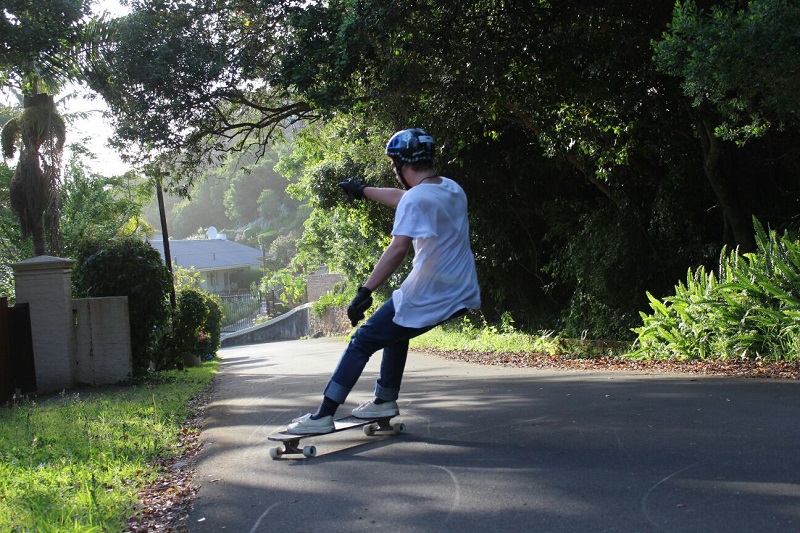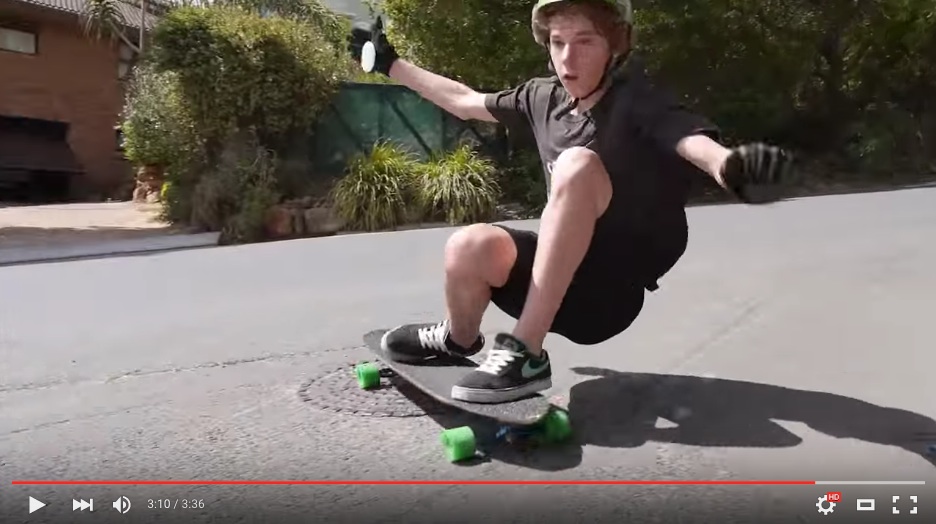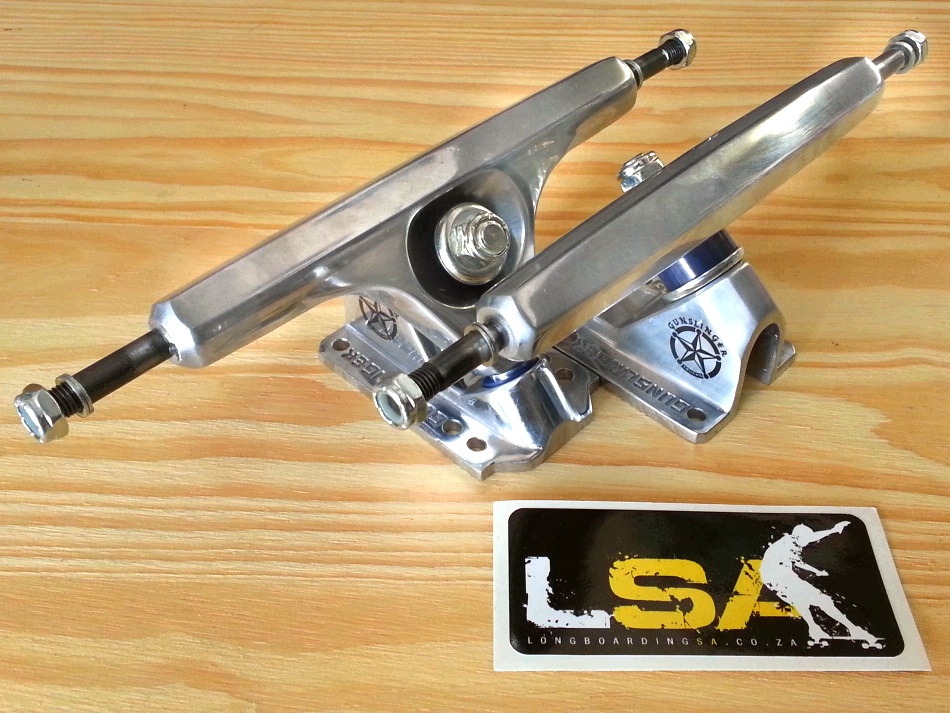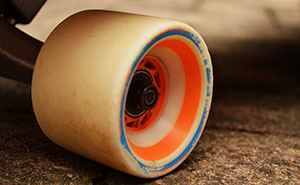What’s THAT longboard for? – Longboard Deck Guide
First off we can break down the uses for longboards into 4 general categories Cruising, Freestyle, Freeride, and Downhill. With Cruising, we are dealing with slower speeds generally on a flat terrain carving around getting from A to B. Freestyle is basically getting a bit more technical with your cruising and carving, also involves flip tricks and dance moves. Freeriding is usually done on a downhill slope to generate higher speeds and involves any hard or aggressive carving, drifting, or sliding of the wheels. The general aim in Downhill is to get down any asphalted incline in the fastest most efficient way. And in cases with sharp corners, an element of Freeriding is used, with maybe a little less intended finesse.
Cruising

This is the go-to discipline of any beginner skater. From the campus cruiser, Penny’s to the Beach promenade pintails, any type of board can be used for cruising, most of the time a cruiser would not be a LONG board, the idea being more compact and getting from one location to the next, street skating culture usually refers to a “cruiser” as any snub-nosed bigger, softer wheeled board. Cruiser boards are usually pretty flat with no concave and truck mounting a little bit in from the nose and tail to make room for a kicktail.
Freestyle

Freestyle boards usually have a very flat concave as well enabling easy foot movements and placements. Most Longboards can be used for freestyle which involves movement of the body and feet and performing tricks with the board. The traditional “dancing” deck is very long in length to help with stability and has a kick or two. Most freestyle shapes have a bit of flex to them to give feedback on the pumps and carve. Drop-thru boards can also help with stability and placing the skater closer to the ground. Drop-down boards can also be used for dancing and freestyle lowering the skater’s center of gravity also enabling better stability, although not usually very appropriate to perform flip tricks.
Freeriding

Freeride boards can be rigid or with a bit of flex, depending on the rider’s preference. For higher speed freeriding a more stiff board is suggested. Truck mounting on a freeriding board can affect the stability and turn. The Three different techniques are Top-mount (More turn & lean, less stable), Drop-thru (less turn & lean, more stable), and Drop-down (No reduced turn less lean, Lower center of gravity). These different techniques come in handy on different elements of freeriding. Depending on rider preference as well boards usually have quite a pronounced concave to lock the rider’s feet in when sliding or gripping a corner. These days a rider’s freeride and downhill boards are usually the same or similar setup with maybe a change of wheels. Cutaway boards allow for the use of bigger wheels without riser pads and the ability to ride the trucks very loosely. Traditional freeride boards are bi-directional with either heavy wheel wells or cutouts.
Downhill

Speed boards are stiff for stability and usually moderate in concave with no kicktail, certain designs can have heavy concave to lock your feet into “tuck”. In modern times most downhill race boards are directional traditional top-mounted shapes. But drop-down boards have also been used for high speeds to improve stability. Some drop-down boards have an angled back wedge, which reduces the angle of the rear truck in turn increases the stability at speeds. A while back most downhill shapes were quite long increasing stability but due to the technical advancements and increase rider skill, smaller and smaller boards are being used to gain more control and response in cornering. Also, speed boards usually are made up of different materials varying from Maple to carbon fiber.





